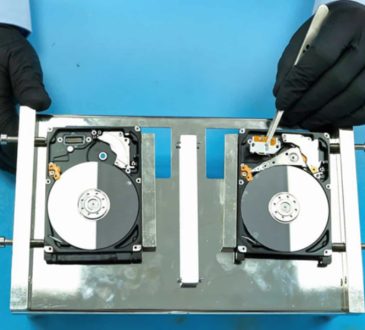
3D printing, also known as additive manufacturing, is a revolutionary technology that has the potential to transform the way products are designed, developed, and manufactured. It involves the creation of three-dimensional objects by adding layers of material, one at a time, until the final product is completed. The technology has been in use for decades, but it is only recently that it has gained widespread attention due to its potential applications in several industries, including manufacturing and medicine.
3D Printing in Manufacturing
3D printing has the potential to revolutionize the manufacturing industry by allowing companies to create complex and customized products quickly and cost-effectively. This technology eliminates the need for expensive tooling and molds, which can save companies a significant amount of time and money. It also allows for the creation of products with intricate designs that would be difficult or impossible to produce using traditional manufacturing methods.
One of the most significant advantages of 3D printing in manufacturing is its ability to produce small quantities of products on demand. This allows companies to reduce their inventory, lower their storage costs, and avoid the risk of overproduction. Additionally, 3D printing can enable companies to create products in remote locations without having to transport them from a central production facility, saving time and money on shipping and logistics.
3D Printing in Medicine
The use of 3D printing in medicine is a recent development, but it has already shown tremendous potential in several areas. One of the most significant applications of 3D printing in medicine is in the creation of customized prosthetics and implants. The technology allows doctors to create prosthetics that are tailored to the specific needs of individual patients, improving their comfort and quality of life.
3D printing is also being used to create models for surgical planning and training. Surgeons can use 3D-printed models to simulate surgical procedures before performing them on patients, reducing the risk of complications and improving outcomes. Additionally, 3D printing is being used to create personalized surgical tools and guides, which can improve the accuracy and effectiveness of surgical procedures.
The Future of 3D Printing
The potential applications of 3D printing in manufacturing and medicine are vast, and the technology is evolving rapidly. As 3D printing technology continues to improve, it is likely that we will see even more exciting applications emerge. For example, 3D printing could be used to create customized medication tailored to the specific needs of individual patients, or to create complex structures like organs and tissues for use in transplants.
However, there are also some challenges that need to be addressed before 3D printing can become a mainstream technology in these industries. One of the biggest challenges is the need for more advanced materials that can be used in 3D printing. Additionally, the cost of 3D printing machines and materials needs to come down to make the technology more accessible to small and medium-sized businesses.
3D printing is a revolutionary technology that has the potential to transform the manufacturing and medical industries. Its ability to create customized and complex products quickly and cost-effectively makes it an attractive option for businesses looking to improve their processes and outcomes. While there are some challenges that need to be addressed, the future of 3D printing looks bright, and we can expect to see even more exciting applications emerge in the coming years.




